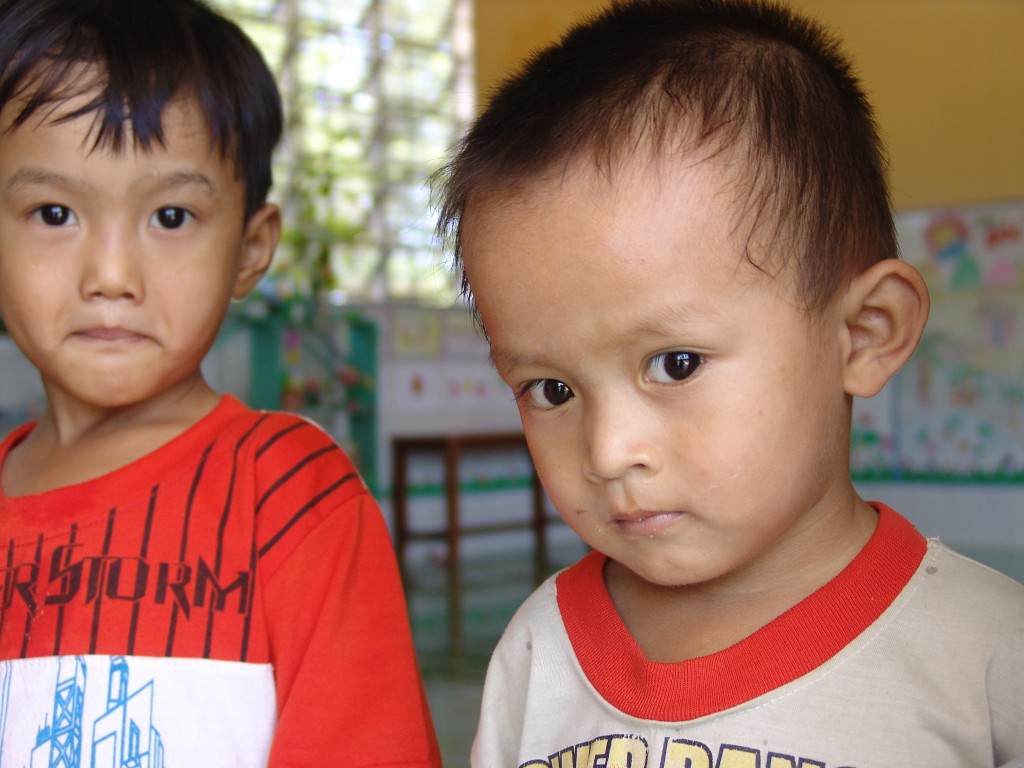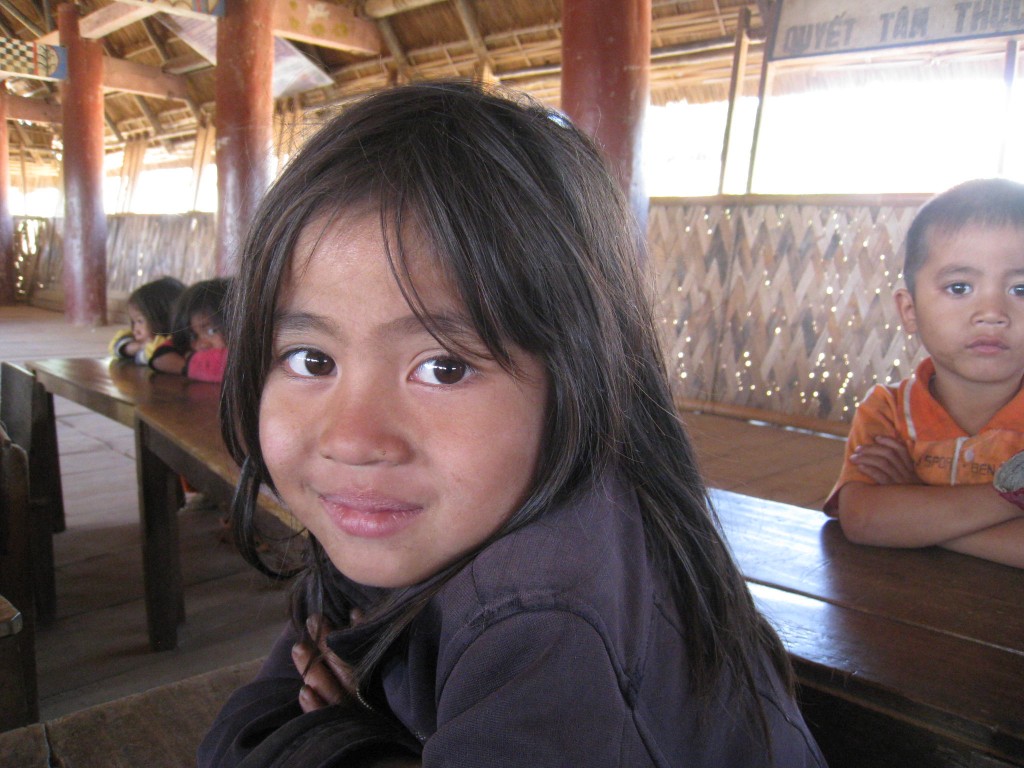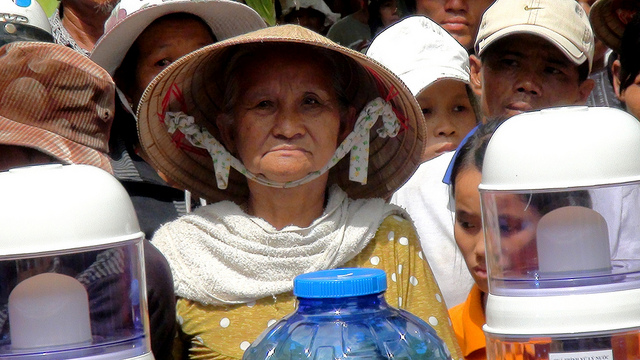
Since Vietnam began opening up its markets in the 1980s, the country’s economy has and continues to experience rapid growth. Economic reforms, coupled with aid from international agencies, have helped Vietnam reduce extreme poverty by more than three-quarters and hunger by two-thirds since 1990. Furthermore, Vietnam’s GINI Index in 2008, a scale that measures national distribution of income (with 0 representing perfect equality and 100 signifying absolute inequality), ranked at 37.57, a slight improvement from 2006’s 37.77 and 2004’s 39.16.
As Vietnam’s gross domestic product (GDP) increases to $320 billion in 2012 from $280 billion in 2010, the number of millionaires in the country dramatically rises as well. In June 2012, the Central Institute for Economic Management (CIEM) reported its findings on income gap reduction in Asia for the first half of 2011. CIEM revealed that the number of millionaires in Vietnam increased by 33% from the same period in the previous year. Official statistics from the Vietnam Stock Exchange in 2011 show the 100 richest people on the stock exchange market are worth over $2 million each, with two people qualifying for the United States’ $100 million CEO club.
However, as the number of Vietnamese millionaires increases and the market expands, the economic gap between rich and poor also widens. Despite improvements in the GINI index, the proportion of population below poverty line in Vietnam actually increased from 12.3% in 2009 to 14.5% in 2010. The monthly average income per capita by residence in 2010 was 2,130,000 VND ($102) in urban areas, with the top-earning regions being in the southeast (notably the Ba Ria-Vung Tau Province and Saigon [HCMC]) at 2,304,000 VND ($110). On the other hand, rural areas averaged 1,071,000 VND ($51), with the lowest-earning northern midlands, mountains and coastal regions coming in at just 905,000 VND ($43). The gap in income is reflected in spending as well, with the wealthiest spending 3.8 times more in healthcare and 6 times more in education than their poorer counterparts.
(more…)







